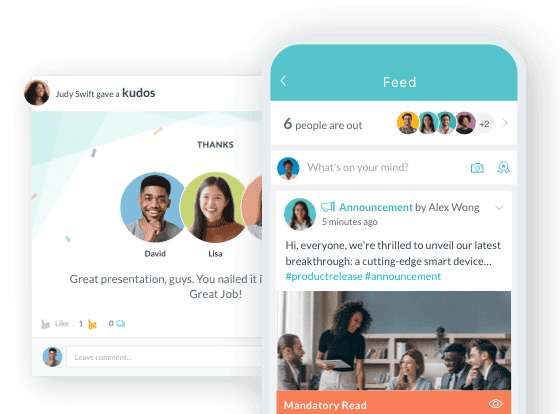Skills vs Abilities in the Workplace
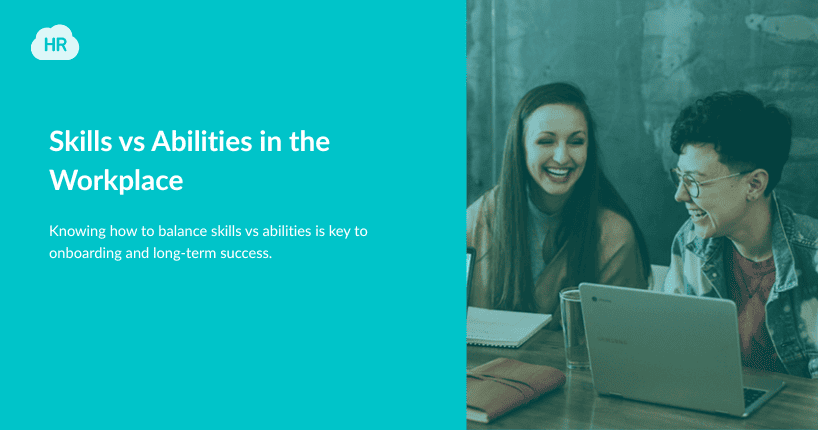
- What are skills?
- What are abilities?
- Abilities vs skills in the workplace
- Hire to improve the employee engagement process
- Fostering skills and abilities in the workplace
- Set up a comprehensive onboarding process
- Promote open communication
- Recognize and reward hard work
- Foster employee growth
- Promote the concept of community
- Give employees a sense of purpose
- Introduce team-building activities
- Promote collaboration
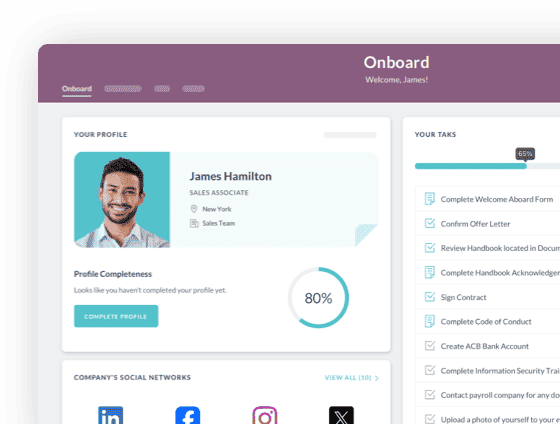
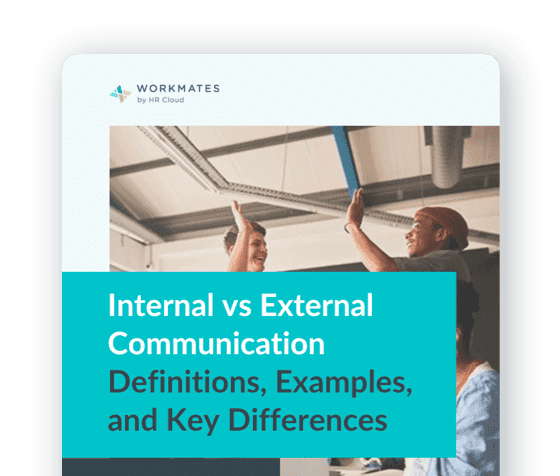
 Cut onboarding time
by 60%—here's the
Ultimate Checklist
that helped do it.
Cut onboarding time
by 60%—here's the
Ultimate Checklist
that helped do it.
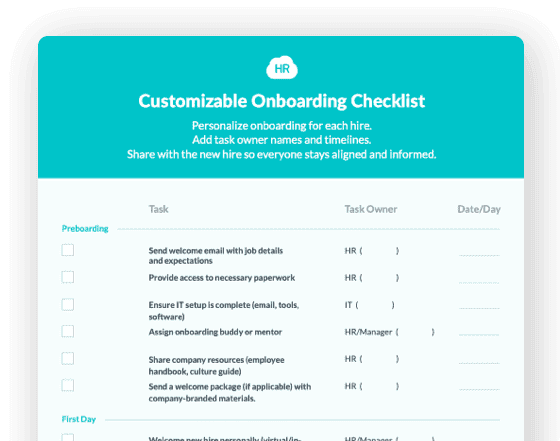
Modern-day workplaces are facing many challenges that were not foreseeable a few years ago. The demand for remote work instead of in-office, reduced confidence level due to layoffs (especially in the tech sector), increased use of AI leading to job security fears, and a higher willingness to start a business or enter the freelancing field than a regular job are some of the new challenges. In such times, human resources managers have to be at their best in developing and retaining employees through effective onboarding procedures and engagement strategies.
The terms abilities and skills are often used interchangeably, but they have different meanings. HR managers have to assess, promote, and build skills and abilities in employees as part of the employee onboarding process. They need to understand the difference between ability and skill to create comprehensive onboarding plans. Picking up gaps in skills enables them to offer the right training, customize the onboarding process, come up with innovative employee engagement ideas, and more.
When they understand abilities, they can harness the strengths of individual employees. This article will provide an in-depth explanation of the difference between ability and skill. It will also give ideas on how to keep employees engaged in the workplace by using their abilities and skills, focusing on best practices for onboarding and talent management.
What are Skills?
What is the difference between skills and abilities? Skills in the workplace refer to competencies to fulfill tasks. There are many different skills employers look for in the workplace. They may look at soft skills such as organization, communication, and collaboration. More job-specific, hard skills include knowledge and proficiencies that help employees in a specific role. This may include technical proficiency or software skills. Skills may be acquired through education by obtaining qualifications or certifications. They require experience and practice to develop.
The academic load can be challenging when working a full day and studying to improve skills. Some things that include online essay writers and rewards for pursuing some online courses go a long way in encouraging employees to work on their skills. It gives them more time and also some financial assistance, which they’ll surely appreciate. This approach can be integrated into employee development plans and learning and development initiatives.
What are Abilities?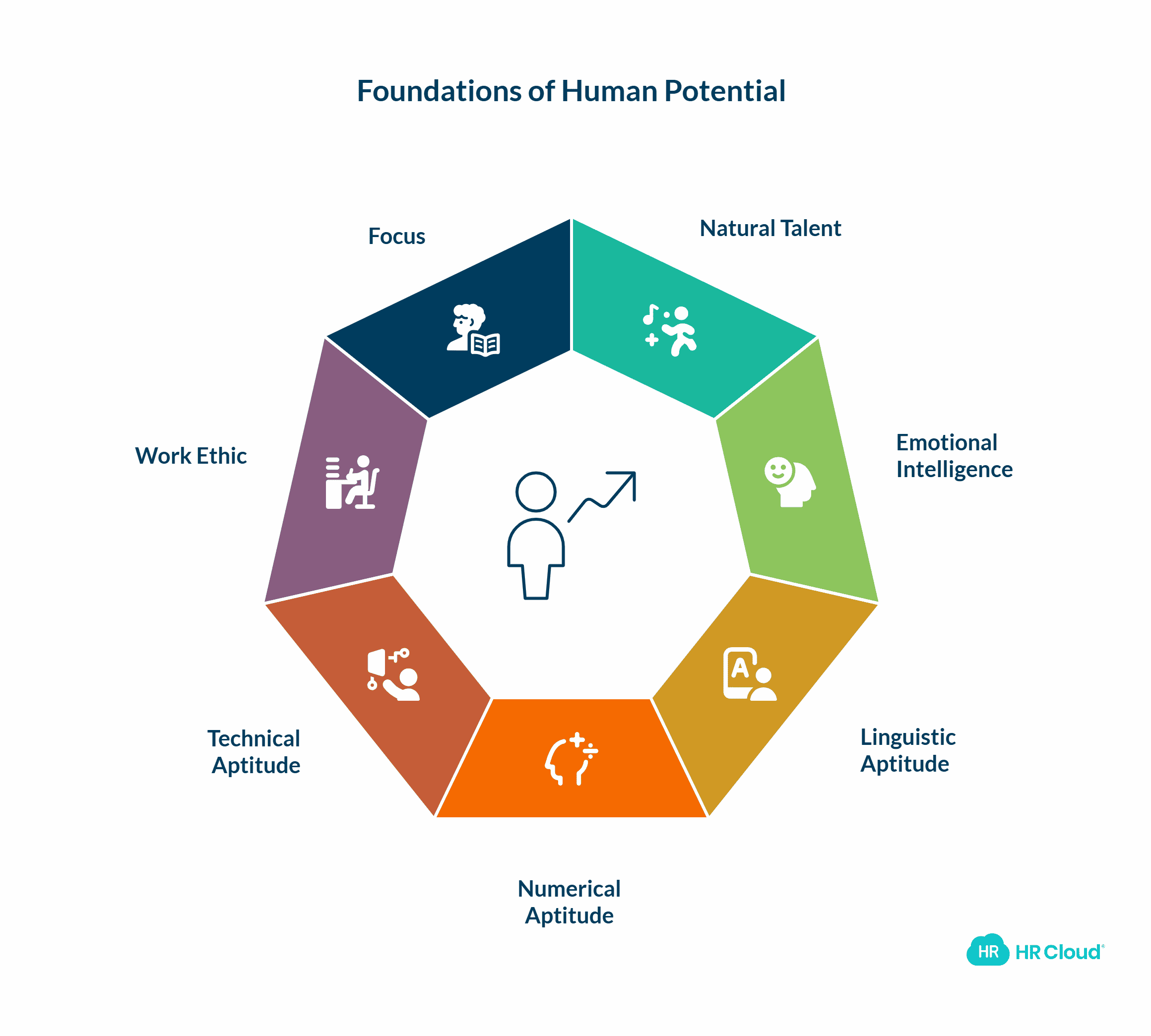
When looking at abilities vs skills, people often refer to a natural talent. This is something they are genetically blessed with or born with. Take the example of Michael Phelps. He may have been born with a natural talent for swimming due to his height and lung capacity. However, he had to work on his swimming skills on a daily basis to become one of the greatest Olympic swimmers.
The difference between ability and skill can be quite subtle, which is why people often miss it. Ability is when someone has an inherent capacity. When they combine this with skill, they can often perform even better.
Abilities may include things like emotional intelligence or a natural ability with languages. It may be numerical or technical aptitude. It can also be a strong work ethic or an ability to focus.
Abilities vs Skills in the Workplace
What’s more important in the workplace? It isn’t necessarily about skills or abilities but about how they can work together. HR leaders have to focus on the entire employee lifecycle. This starts with hiring the right candidates for the right roles and continues through the employee onboarding process and beyond.
Hire to Improve the Employee Engagement Process
Your employee engagement ideas should address current and future prediction-based problems. HR managers may look for candidates with specific skills for a job, such as computer skills, software skills, or coding skills. They will look at resumes, examine cover letters, and interview candidates with these specific skills. If they are hiring for a software development project, they will have to find candidates who already have the skills they need. In this case, having certain hard skills is non-negotiable.
In most other cases, they will consider the potential of individuals who have the ability and can work on developing the necessary skills if they don’t have them already. Skills training can easily take place within the position as part of the onboarding program. An employee with potential due to certain abilities may be a better fit in certain cases than someone with all the right skills.
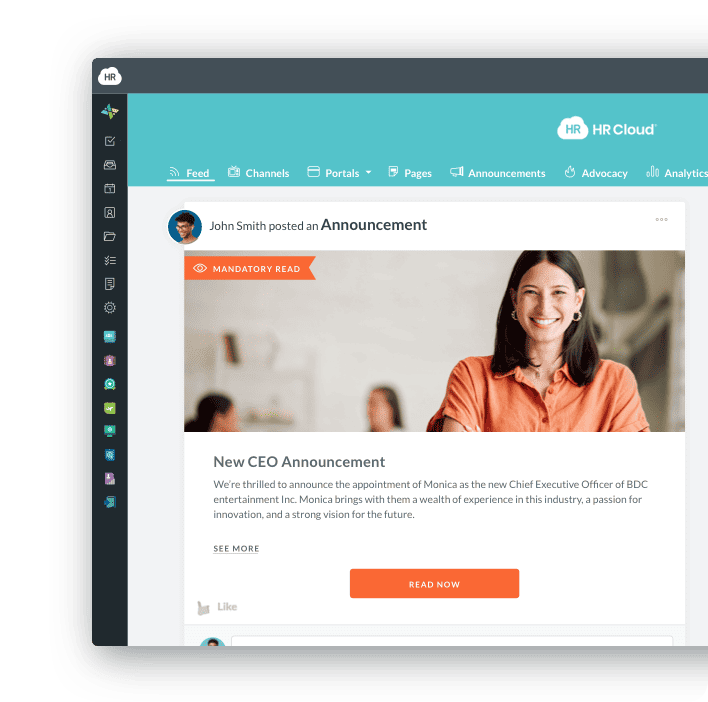
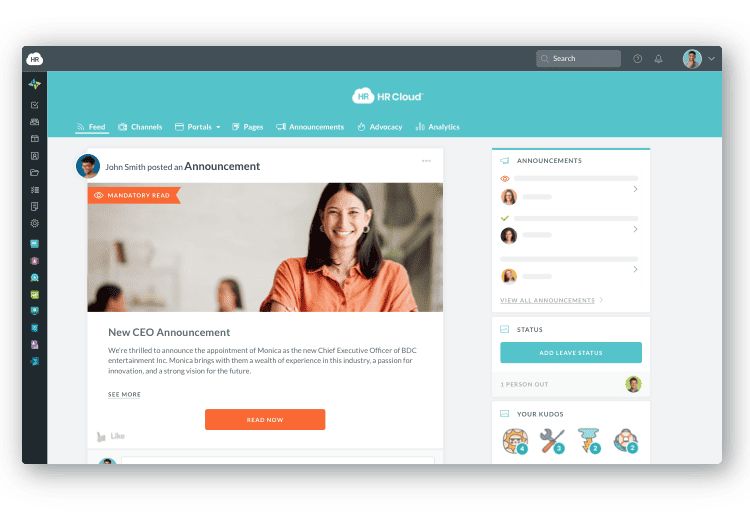
Fostering Skills and Abilities in the Workplace
Employee engagement ideas should target continuous improvement. Employees need continuous engagement to keep them motivated in the workplace. HR specialists must find ways to improve employee engagement lest they become less productive. When you improve employee engagement, it creates an impact on the emotional connection employees have with the company. Your outstanding employee engagement ideas will make them want to put in the effort to help it succeed.
To improve employee engagement ideas, you have to work on three different levels:
-
Physical – the employee has the skill set to handle the work complexity.
-
Emotional – the employee understands the significance of the work and feels challenged by it.
-
Mental – the employee becomes fully immersed mentally in the work and gets into a flow.
Set Up a Comprehensive Onboarding Process
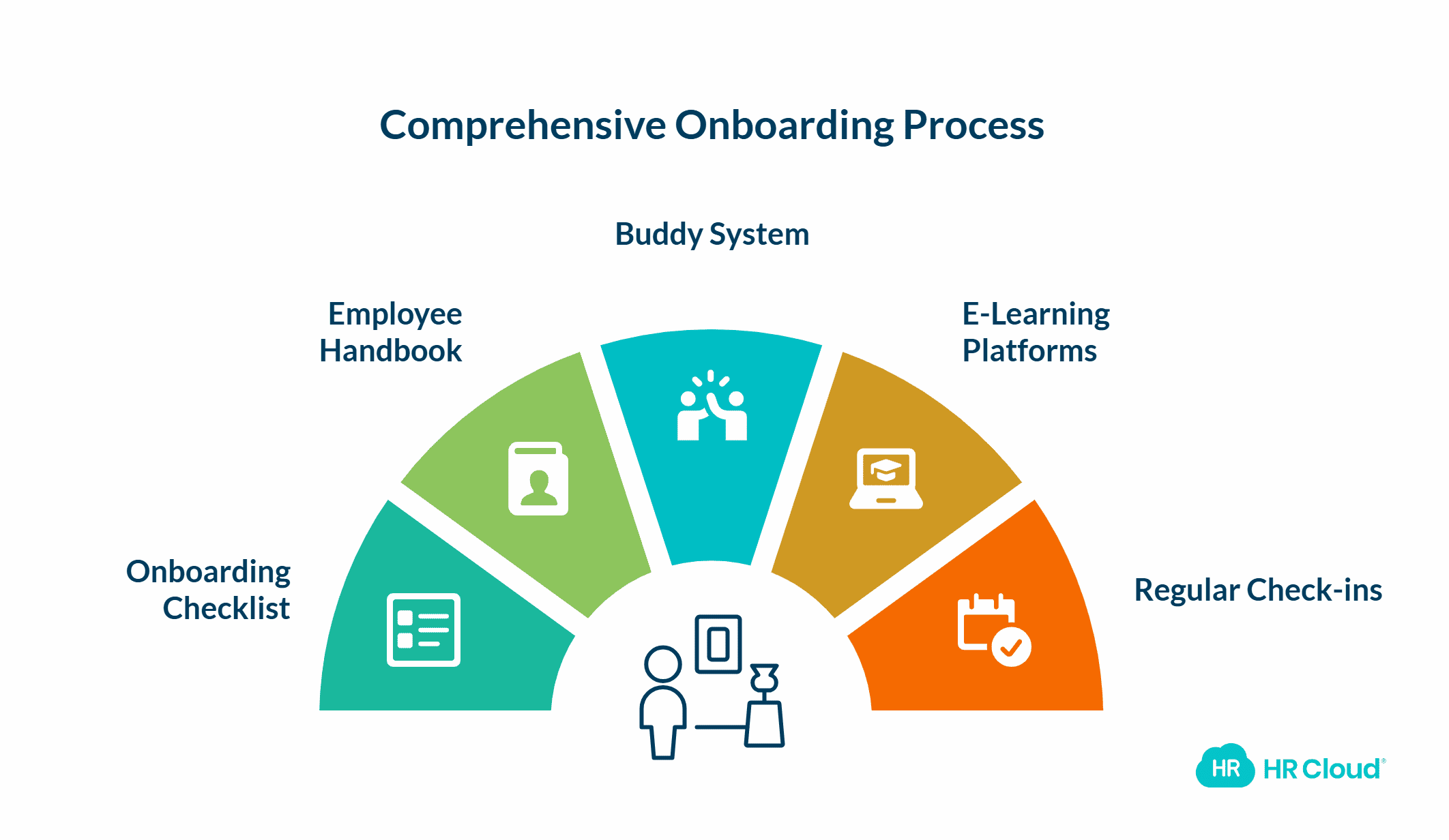
A well-developed onboarding process helps to support the success of new employees. An introduction to the mission, values, and organizational culture can help them understand how they fit in. They should have access to the resources and support they need.
This includes providing them with easy access to training materials and onboarding software. They should receive feedback on how they are progressing. Introducing them to fellow employees should be part of the program. The training and relationships they form during the onboarding process are a good foundation for future development.
-
1. Create an onboarding checklist to ensure all necessary steps are covered.
2. Develop an employee handbook that outlines company policies and procedures.
3. Implement a buddy system to pair new hires with experienced employees.
4. Use e-learning platforms for self-paced training modules.
5. Schedule regular check-ins to address any concerns or questions.
Promote Open Communication
HR managers should try to promote open two-way communication with employees. Employees become less engaged when they feel they are kept in the dark by managers. Transparency and honesty help to promote trust. For example, a manager may ask for input from employees about a particular problem the organization is facing.
The employees will feel more involved and that their opinions through workplace surveys and other methods are respected. Employees are not as open if they feel a manager is trying to micromanage them. A manager can give them some direction and a deadline and then leave them to do the job in the way they see fit.
When employees feel their opinions matter and that managers will implement some of their ideas, they will be more engaged. Conducting surveys and having them fill in questionnaires allows them to voice their opinions or concerns. Besides surveys, dedicated times for open discussions and suggestion boxes are other ways to promote two-way communication. A suggestion forum on a company website is another option. When employees are engaged, they can fully develop their skills and abilities.
Recognize and Reward Hard Work
Recognizing good work and awarding perks makes employees feel appreciated. Without recognition, employees with the most ability and skills may look for other positions. Recognition may consist of a shout-out in a team meeting or a written note.
Incentives such as bonuses, days off, etc., can motivate employees to achieve certain goals. To come up with the best plans in this regard, conduct industry-wide surveys. Offering employees flexible work arrangements, including hybrid work options, can be a powerful motivator. Awarding them with professional development opportunities, such as mentorship or a professional certification course, can also spur them on. Another way to acknowledge their effort would be by offering personalized rewards with kudos.
Foster Employee Growth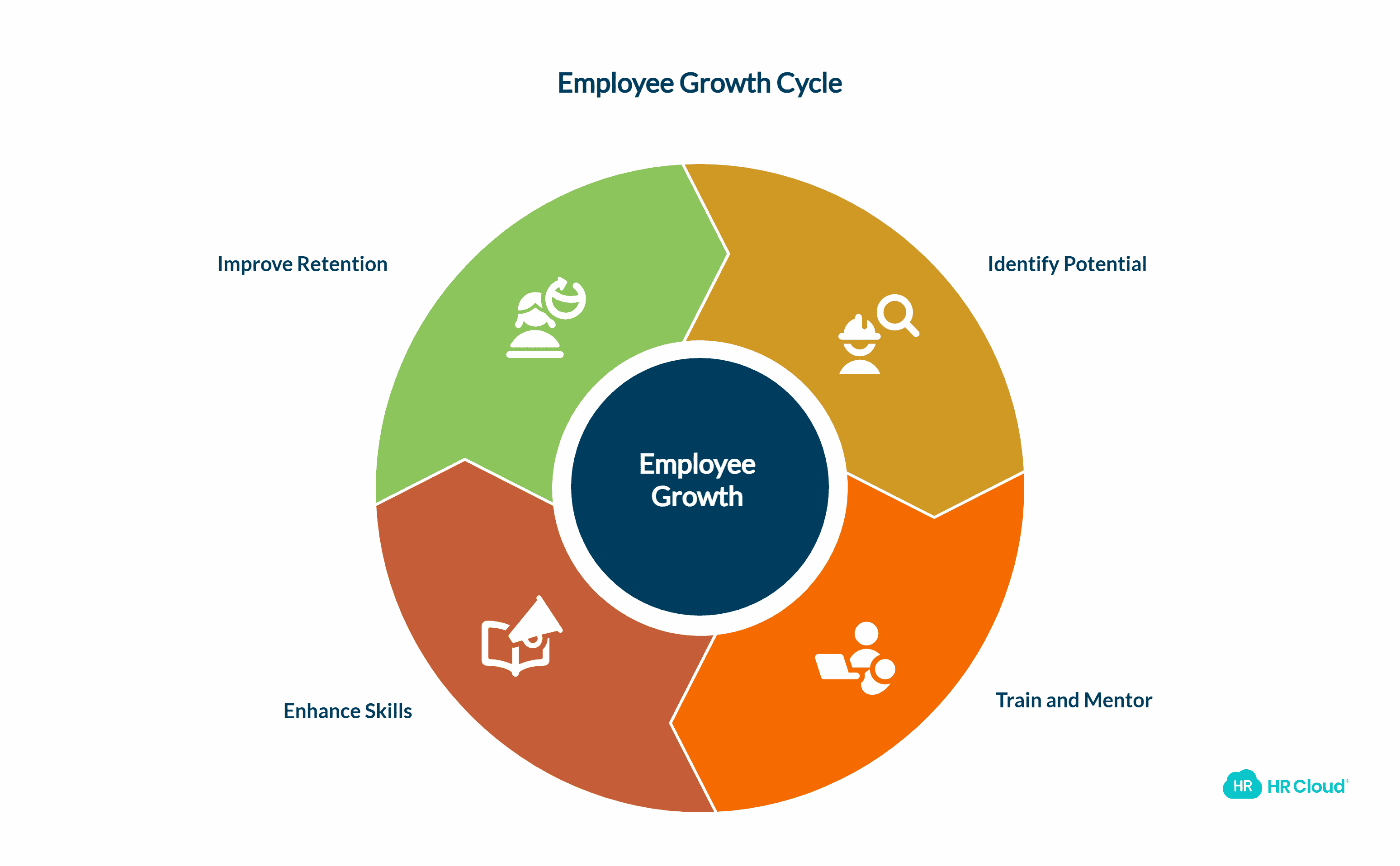
When HR managers foster employee growth, they are not only investing in the employees but in the long-term success of the organization.
Managers can identify current employees with an innate ability to perform a certain role, such as a leadership role. They can then train and mentor these employees to be the best they can be as leaders. This may involve sponsoring higher education for them or enrolling them in an online training program.
If managers see a particular employee as an eloquent communicator, they may offer them training in communication skills. They could take courses to learn how to improve their writing, speaking, listening, and negotiating skills. This approach to talent management and workforce development can significantly improve employee retention and job satisfaction.
Promote the Concept of Community
In promoting the concept of community, there is less unhealthy competition between employees with different sets of skills and abilities. Each person does what they can to serve the community as a whole. Each person’s role is important, whether they are a junior copywriter or a senior manager. Holding frequent events can help employees to build a sense of community and enhance psychological safety in the workplace.
Give Employees a Sense of Purpose
When employees have a sense of purpose, they are more personally invested. They need to feel that their careers and their contributions to the organization are significant. Managers need to hold regular career counseling sessions or set out a clear path for them to advance in their careers. This can be achieved through individual development plans and regular performance management discussions.
Introduce Team-Building Activities
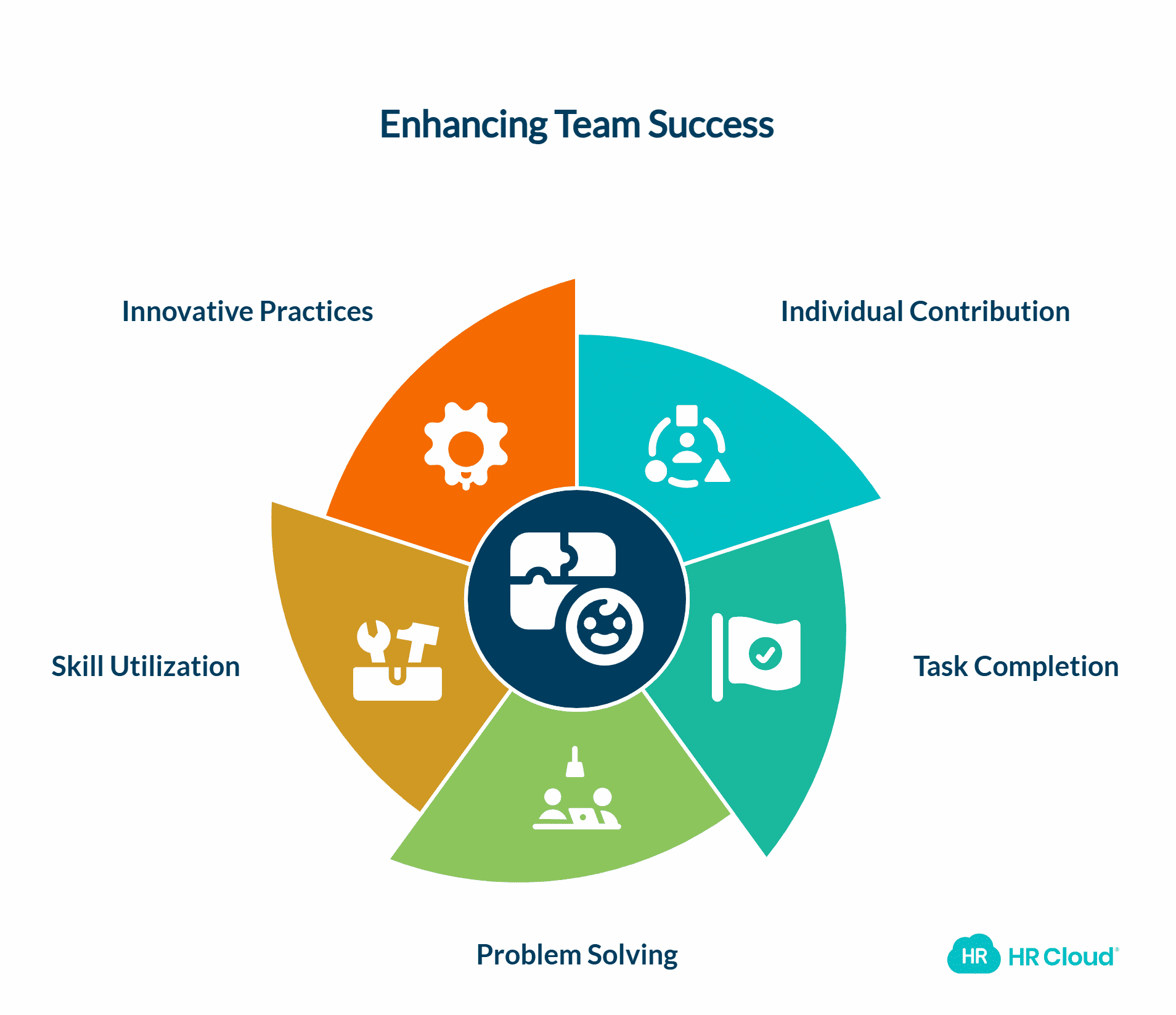
Team-building activities promote the concept of each individual employee making a contribution to make the whole team successful. In such an activity, each team member will work together to complete a task or solve a problem. This gives each one the opportunity to contribute according to their particular skills or abilities. Here again, you can do surveys to find out what is the best that other innovative companies are doing in terms of team-building activities and other employee engagement ideas.
Promote Collaboration
When employees from different teams work together, they can discover the skills and abilities of others and be appreciated for what they have to contribute. Sharing different perspectives can help them grow. When employees collaborate rather than compete, it leads to a better company culture. There are various collaboration tools, such as chat tools, that managers can use to encourage team collaboration. This is particularly important for distributed teams working in hybrid or remote environments.
Conclusion
Understanding the difference between skills and abilities is crucial in the workplace. It may seem like a subtle distinction, but it can make a significant difference in talent acquisition, employee onboarding, and overall job satisfaction. HR managers can help employees grow when they know how to engage them with employee engagement ideas, and a well-planned onboarding process. For this, the focus should be on industry-wide surveys and implementing best practices in onboarding and talent management.
When employees are fully engaged, their abilities and skills are both effectively used. Any organization with motivated and engaged employees has a greater chance of success. By focusing on creating a positive employee experience from day one through comprehensive onboarding programs and ongoing development opportunities, companies can foster a workforce that is both skilled and motivated to contribute to organizational goals.

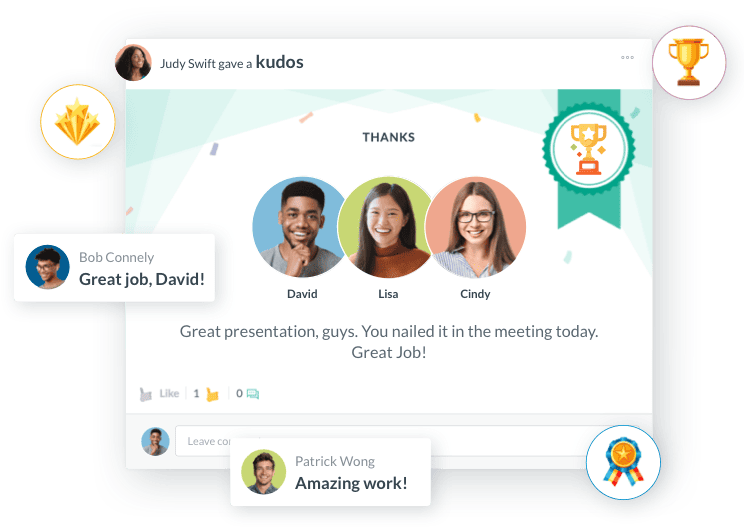
FAQs
1. What is the difference between skills and abilities in the workplace?
Skills are learned competencies that can be developed through training and experience, while abilities are innate talents or aptitudes. Understanding this distinction helps HR professionals in talent acquisition and employee development.
2. Why is it important for HR managers to understand employees' abilities and skills?
It allows HR to strategically place employees in roles that best suit their strengths, design effective onboarding plans, and create targeted development programs that enhance both individual and organizational performance.
3. How can companies foster both skills and abilities among employees?
Through comprehensive onboarding programs, ongoing training initiatives, mentorship opportunities, and a culture of continuous learning and development.
4. What are some examples of soft skills vs. hard skills at work?
Soft skills include communication, teamwork, and adaptability, while hard skills are job-specific technical abilities like coding, data analysis, or operating specific machinery.
5. How does a well-structured onboarding process improve employee engagement?
A thorough onboarding process helps new employees understand their role, the company culture, and their growth opportunities, leading to better integration, higher job satisfaction, and increased productivity.
6. What are the best employee engagement strategies in modern workplaces?
These include open communication, flexible work arrangements, recognition programs, professional development opportunities, and fostering a strong sense of community and purpose.
7. Why is promoting collaboration better than competition among employees?
Collaboration enhances creativity, improves problem-solving, and creates a positive work environment, leading to better overall performance and innovation.
8. How can HR identify and develop leadership abilities in employees?
performance assessments, 360-degree feedback, providing challenging assignments, offering leadership training programs, and creating mentoring opportunities.
Author Bio:
Gloria Delgado is a motivation coach, online mentor, and academic writer serving mainly college students. She understands the common challenges that students face and lose confidence because of them, so most of her work is focused on them. She’s brilliant in her work and always trying to get the best results for students with her go-getter attitude.
Keep Reading
45 Boss Day Messages That Actually Mean Something (2026 Guide)
When is Boss Day 2026? Mark your calendar for October 16, 2026 — the annual opportunity
Birthday Wishes for Coworkers: 50+ Messages That Build Workplace Connection
A coworker's birthday isn't just another calendar date—it's a meaningful opportunity to
Embracing Diversity: Recognizing Different Cultures in the Workplace
Workplaces today reflect the incredible diversity of the world around us. People bring
Like What You Hear?
We'd love to chat with you more about how HR Cloud® can support your business's HR needs. Book Your Free Demo

Build a Culture of Recognition. Boost Engagement. Guaranteed.
Workmates empowers employees to stay informed, connected, and appreciated—whether they’re on the front line, in the office, or remote. Recognition drives 12x higher engagement.Trusted by industry leaders in every sector




Cut Onboarding Costs by 60%.
Take the confusion and follow-ups out of onboarding with automated workflows, digital forms, and structured portals—so new hires ramp faster 3X quicker.Trusted by industry leaders in every sector




